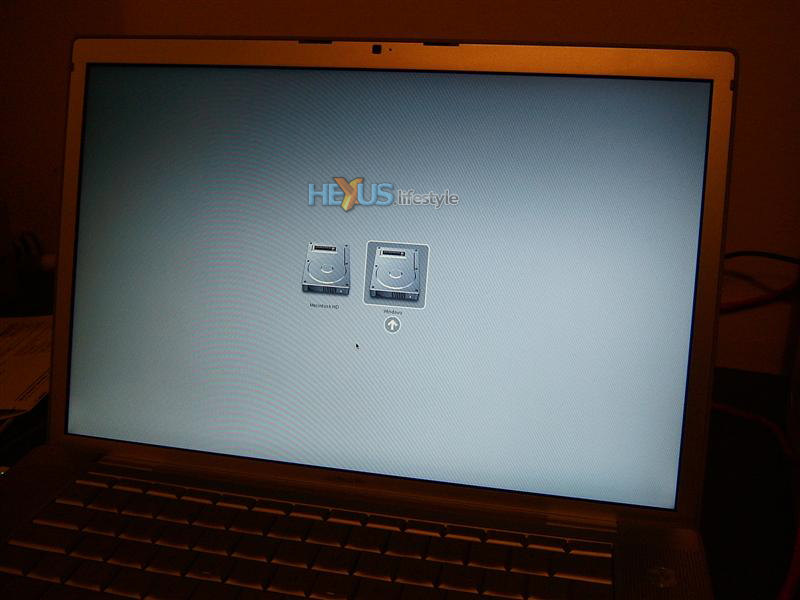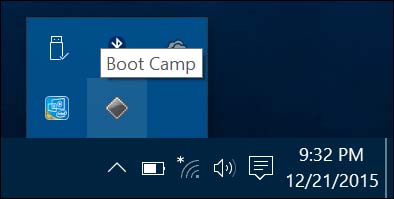Mac Os X Boot Camp Default Os
- Mac Os X Boot Camp Default Os Update
- Mac Os X Bootcamp Default Os
- Mac Os X Boot Camp Default Os 11
- Boot Camp Mac Os Catalina

By default, your Mac starts up from its built-in hard disk, but a startup disk can be any storage device that contains an operating system compatible with your Mac. For example, if you install macOS on an internal or external drive, your Mac can recognize that drive as a startup disk. You can then follow the steps in this article to start up from it.
Use Startup Disk preferences
- Jul 11, 2014 If you’re already in Windows via Boot Camp, you need to right-click on the Boot Camp icon in the bottom right hand corner of the Taskbar in the classic desktop UI. Then, click on “Restart in OS X.” Once you do, your Mac will deliver on what that button promises.
- OS X El Capitan and later has an additional security layer called SIP (System Integrity Protection). In a nutshell, SIP prevents ordinary users, including administrators, from changing system files, including preference files and folders the Mac OS uses for itself.
- Jun 06, 2014 Boot Camp: How to set a default Startup Disk in OS X. This video will show you how to set a default Startup Disk in OS X. How to force a Hard Drive to unmount for formatting in Mac OS X.
- I’m stuck in Mac OS X 10.8.5 and can’t update to catalina. So i tried to update to El Capitan first to be able to get capitan after that but it’s says my os doesn’t support it When trying to download from the appstore.
May 26, 2019 If you're a Mac owner and need the functionality and features included in Windows 10, you can install it on OS X using Boot Camp. Here's a walk through. How to Install Windows 10 On Mac OS X.
Mac Os X Boot Camp Default Os Update
When you use Startup Disk preferences to select a startup disk, your Mac starts up from that disk until you choose a different one.
- Choose Apple menu > System Preferences, then click Startup Disk.
- Click the lock and enter your administrator password.
- Select your startup disk, then restart your Mac.
How to count things in a windowed application dev c download. If you see a message that your security settings do not allow this Mac to use an external startup disk, check the External Boot setting in Startup Security Utility.
Use Startup Manager
When you use Startup Manager to select a startup disk, your Mac starts up from that disk once, then returns to using the disk selected in Startup Disk preferences.
- Press and hold the Option (Alt) key immediately after turning on or restarting your Mac.
- Release the Option key when you see the Startup Manager window.
If your Mac is protected by a firmware password, you can release the key when you're asked to enter the password. - Select your startup disk, then click the arrow under its icon, or press Return.
If you press and hold the Control key during this step, your selection is saved in Startup Disk preferences, so it persists until you change it.
If your Mac is using OS X Lion 10.7.3 or later, you can also use this method to start up from your Time Machine backup disk. Startup Manager identifies your Time Machine backup as ”EFI Boot.”
Mac Os X Bootcamp Default Os

If you can't select your startup disk or start up from it
Check for these possibilities if you can't see your disk in Startup Disk preferences or Startup Manager, or your Mac won't start up from it.
Check for a compatible operating system on the startup disk
Make sure that your startup disk is using a version of macOS that is compatible with your Mac.
Mac Os X Boot Camp Default Os 11
To start up from an external disk with macOS Catalina 10.15 or later, the disk must connect via USB-A, USB-C, or Thunderbolt, not FireWire.
Check startup security settings
If you're using a Mac that has the Apple T2 Security Chip, check the settings in Startup Security Utility. These settings determine whether your Mac can start up from another disk.
Check for Option ROM firmware
If you're in Startup Manager and can't see a third-party startup disk, the startup disk could be using Option ROM firmware. To enhance system security, Mac computers with up-to-date software don’t show devices that use Option ROM firmware until you load their firmware. To do that, press Option-Shift-Command-Period while in Startup Manager. If your startup disk appears, do that each time you want to start up from it or from another disk connected to it.
Boot Camp Mac Os Catalina
If you're using a firmware password, the ability to load Option ROM firmware is disabled as an additional security protection.